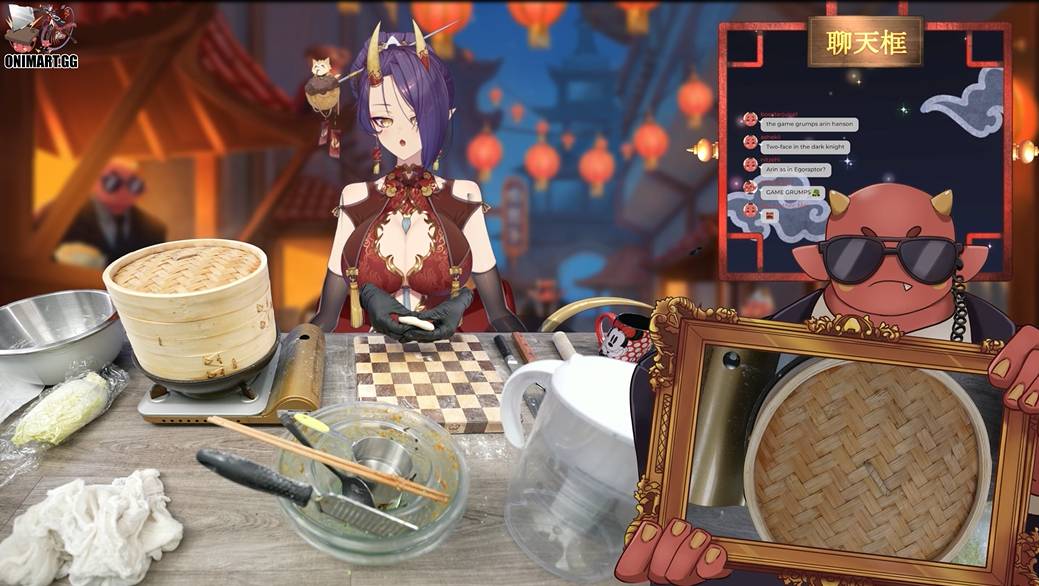Seiryu Sakoda used to focus on the hospitality industry. He spent time abroad before returning to Japan to manage various accommodations when the pandemic hit, forcing borders to close. Sakoda moved back to his hometown in Kagoshima Prefecture and, with a more experienced eye, realized how much things were changing.
“A candy store I had fond memories of from childhood had closed down permanently,” he says from his office in Fukuoka, adding that the discovery caused him to realize long-running independent shops of all sorts were being shuttered. “I thought, ‘How could I solve this problem?’”
Sakoda turned to YouTube as a way to profile and promote mom-and-pop food ventures, primarily in the Kyushu region. As CEO of media, hospitality and e-commerce group F-Area Ltd., he launched the Japanese Food Craftsman channel in the summer of 2020. The uploads, which present a day-in-the-life style recording of independent eateries featuring English subtitles, have connected with viewers, with many attracting over a million views.
















With your current subscription plan you can comment on stories. However, before writing your first comment, please create a display name in the Profile section of your subscriber account page.